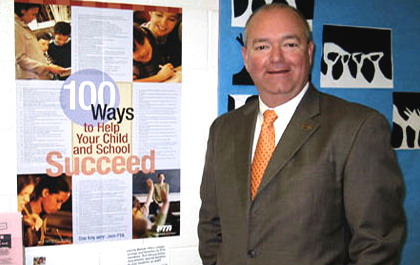COVID vaccine challenge
NICK JACOBS
Published Tue Sep 22, 2020 8:48 PM EDT
Besides wearing a mask, which we’ve known since 77AD protects us from the plague, the other best opportunity for stopping the progress of COVID-19 is through the discovery of an effective vaccine.
Rather than getting COVID via the natural infection pathway, a vaccine could produce herd immunity without harming or potentially killing people.
Thousands of Americans seem to have chosen the risk-it-all route as they go without masks, and attend large, unprotected social events and rallies.
Unfortunately, not unlike playing Russian Roulette with your loved ones and friends, this route is filled with potential suffering and an almost complete lack of predictability.
In an article in Time magazine, Alice Parks recounts how it was Edward Jenner who, in 1790, discovered that infecting people with small amounts of smallpox virus could produce immunity. Today, there are more than 100 vaccines being developed in an attempt to provide us with immunity from SARS COVID-19, and across the world, billions of dollars are being pumped into this effort.
There are numerous challenges to be faced in this effort including those of manufacturing and then distributing the vaccine in a humanitarian manner.
The good news is, regardless of political pressure, the major vaccine makers have already pledged to conduct complete safety studies before submitting their vaccines to international regulators. The not-so-good news is HIV/AIDS has been around for nearly 40 years and an effective vaccine is still not available.
Approximately 132,000,000 people in the United States are living with pre-existing health conditions. Thus, the challenge becomes who gets a vaccine and when. These decisions may literally produce a life and death lottery game.
The Time article cited researchers from CUNY’s School of Public Health’s computer simulation that calculated if 75 percent of the world’s population were immunized, to control the ongoing pandemic, vaccines would need to be about 70 percent effective. Any of us who are regular recipients of the annual flu vaccine know that some years it’s effective and some years it’s not.
Consequently, we will be faced with arguments over the world’s current state of nationalism combined with America’s anti-vaccination movement. Plus we still have the challenges of discovery, manufacturing and actual implementation.
Oh, and there’s one more speed bump in that the United States has chosen not to join the other 172 countries of the world in the COVAX initiative on international unity for epidemic preparedness innovations originated by the World Health Organization.
If we prioritize our high-risk populations which include health care employees, first-responders, people with pre-existing conditions, and the elderly living in group environments, and then add critical workers such as teachers, food growers and service providers, people in group homes and the incarcerated, we finally end up getting the vaccines to our most precious hope for the future, young adults and children.
In short, none of this is going to be easy. One batch of improperly manufactured polio vaccine in the 1950s resulted in thousands of children being accidentally infected with polio. and because there are so many variations of vaccines being developed, there is also the risk of triggering excessive immune responses that could end up being more harmful than helpful.
Finally, and this is one more example of the broken public health system in this country, any plans for massive immunizations will be dependent upon public-health initiatives that are appropriately supported and resourced.
Keep in mind many of our states have been seeking leadership, supplies, direction, and funding from the federal government since March. At about $35 per dose and in most cases the vaccines require two doses, herd immunity is not likely to be achieved either quickly or in a cost-effective manner.
One thing is clear, however. An effective plan needs to be implemented to stop this out of control COVID transmission and to produce a clear pathway to normalcy. We need to get back to normal through a national strategy.












